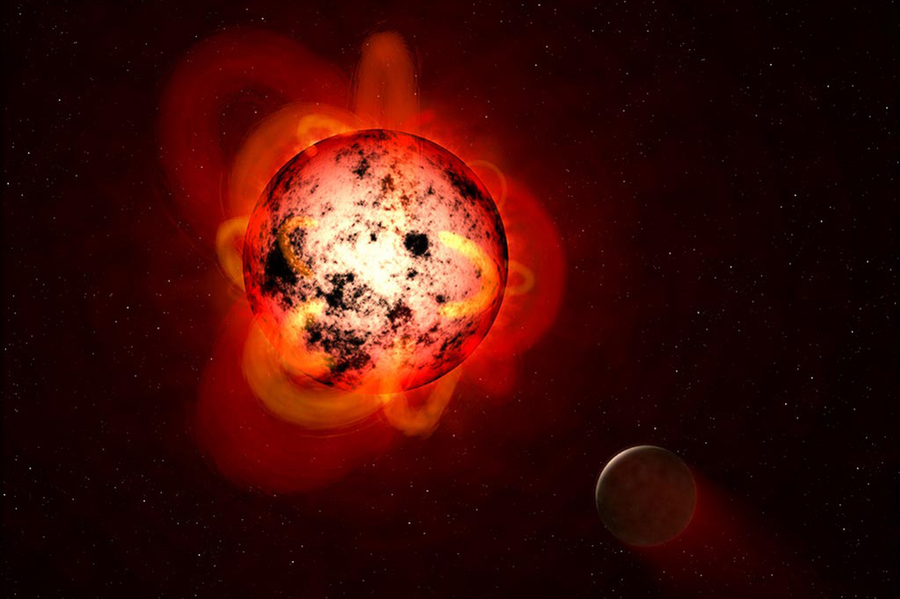Exploring Red Dwarfs: The Most Common Stars in the Universe

The Importance of Red Dwarfs
Red dwarfs are the most abundant type of stars in the Milky Way, contributing significantly to our understanding of stellar evolution and the potential for extraterrestrial life. These relatively small and cool stars are key in the study of our universe, providing insights into planetary systems and the conditions suitable for life beyond Earth.
Characteristics of Red Dwarfs
Red dwarfs, or M-dwarfs, have masses less than half that of our Sun and surface temperatures below 3,500 Kelvin. Due to their dimness, they are often overlooked; however, they make up about 70-80% of the stars in our galaxy. Their longevity is remarkable, with some being capable of burning for trillions of years, far surpassing the lifespan of larger stars. This extended lifespan allows for the possibility of stable planetary systems developing around red dwarfs over extensive periods.
Recent Discoveries
In recent years, astronomers have made significant strides in the study of red dwarfs. Notably, the discovery of the TRAPPIST-1 system, a nearby red dwarf star with seven Earth-sized planets, has drawn considerable attention. Three of these planets reside within the habitable zone, prompting intrigue about the potential for sustaining life. Findings from NASA’s Transiting Exoplanet Survey Satellite (TESS) continue to uncover more exoplanets orbiting red dwarfs, expanding our understanding of where life may exist in the universe.
Implications for the Search for Life
The study of red dwarfs is also integral to the ongoing search for extraterrestrial life. While conditions around these stars can be harsh—due to stellar flares and radiation—researchers are exploring how certain planets within the habitable zones may still possess the right conditions for life. Efforts to examine the atmospheres of exoplanets orbiting red dwarfs, using advanced telescopes and instruments, are on the rise.
Conclusion
As the research into red dwarfs continues to evolve, it reinforces their significance not only in the realm of astrophysics but in addressing fundamental questions about life’s existence beyond Earth. With many more red dwarfs yet to be explored, astronomers anticipate further exciting discoveries that could transform our understanding of the universe. The importance of these stellar types cannot be overstated; they are vital in uncovering the cosmic puzzle and perhaps revealing the answers to one of humanity’s most enduring questions: Are we alone in the universe?









